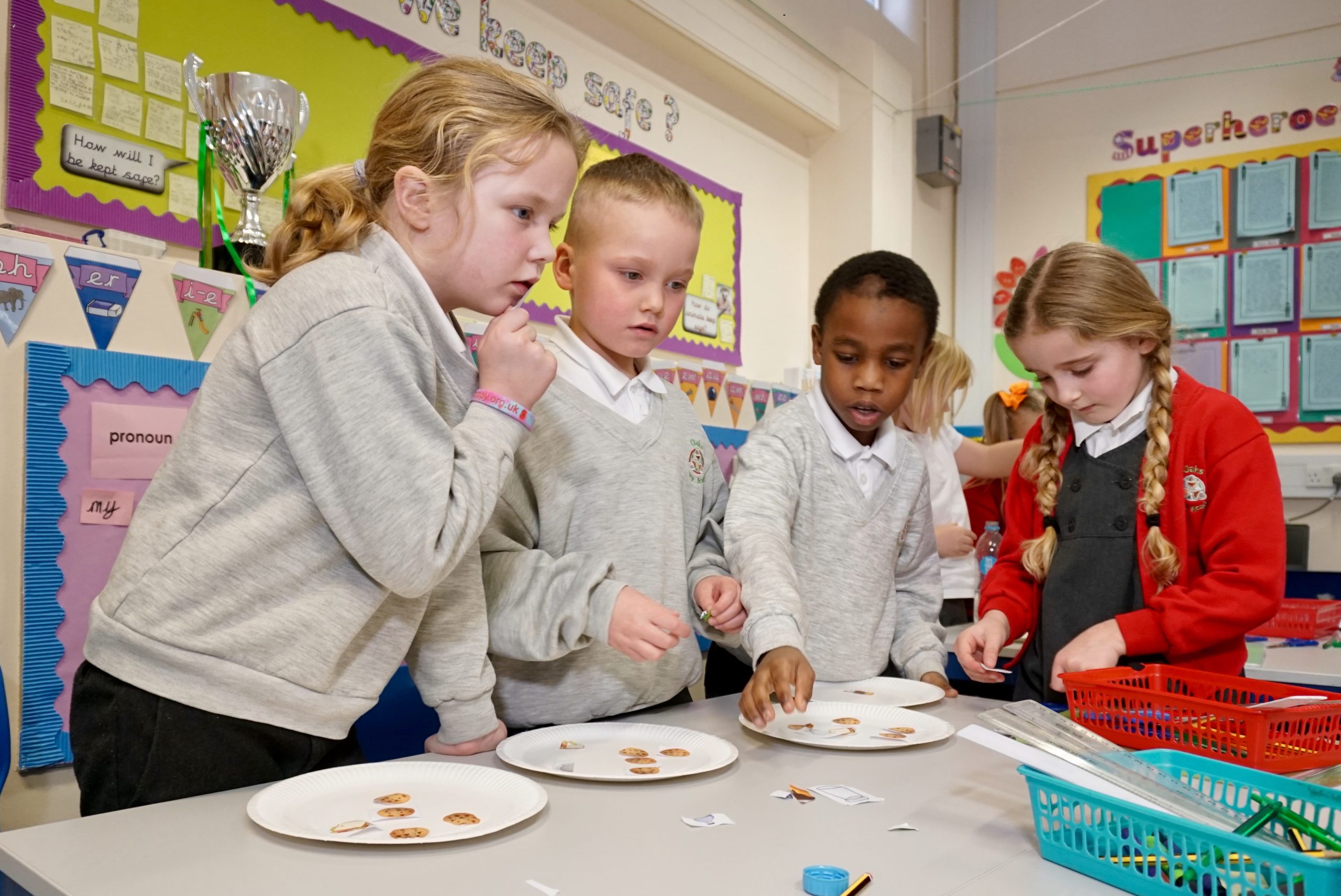By Mike Askew
Visiting a school once to observe a maths lesson, I arrived just before the end of the previous literacy lesson. The class had just read a chapter of a book and were engaged in a lively conversation about a character’s motivation. The teacher skillfully orchestrated the children, helping them to articulate their thinking and build on each other’s ideas.
The maths lesson started and the tone of the room changed completely: children’s contributions reduced to one- or two-word answers, judged as right or wrong.
What is it about maths and maths teaching that sees diversity in a class either as something to be reduced (by ability grouping) or managed (by providing differentiated work). Why isn’t diversity regarded as an asset, as a resource to enrich the learning, as in the literacy lesson?
‘Doing maths’ vs ‘being mathematical’
It is always going to be the case that however we try and organise classes, even with the most closely matched ability groups, there is going to be diversity, so we might as well work with diversity rather than against it. To do so, I find it helpful to distinguish doing maths from being mathematical.
Doing maths is using and working with the body of knowledge and skills – the mathematical content – that, over centuries, has come to comprise what we recognise as the discipline of maths.
Being mathematical, in contrast, is independent of particular mathematical content: it is a way of being and acting that involves things like looking for patterns, sorting collections, comparing and ordering things, identifying similarities and differences and so on. Being mathematical is something we all do, and we start it long before we encounter the maths we have to ‘do’ at school. There is evidence of young infants recognising when situations are mathematically ‘incorrect’ – being more surprised by two oranges being transformed into one orange than if two oranges turn into two toy cars.
It is a result of us being born as ‘maths beings’ who engage in being mathematical, that we have developed maths to do.
Encouraging ‘being mathematical’ in the classroom
With regard to diversity, the differences pupils display are more down to the breadth of experience they have had at home of ‘doing maths’ than to any innate mathematical ability. We can level the playing field by, when planning lessons and choosing tasks, asking ourselves: ‘How can I set this to encourage children to be mathematical?’ Then, everyone can be part of the mathematical conversation, and the diversity of responses can provide clay from which mathematical content can be moulded.
Take this example (adapted from the work of Susan Lamon).
Suppose there are two tables, each with the same number of biscuits on them. A group of girls sits at one table and a group of boys at the other. The children at each table share the biscuits out as equally as possible, breaking them if need be. There are more boys than girls, so who gets more to eat, each girl or each boy?
Young children can enter into being mathematical with this situation, and, providing they have had experience of making equal shares, can reason each girl gets more to eat. Note that they can figure that out without having to know anything about numbers of biscuits or numbers of children. That is being mathematical.
Focusing on problem-solving and reasoning
Over the history of mathematics, mathematicians developed a notational system to record such situations – fractions. So, say, 5 biscuits shared between 7 girls is recorded as 5/7, and 5 biscuits shared between 9 boys as 5/9. Being mathematical means reasoning that five biscuits shared between seven is a bigger share than five biscuits shared between nine – and everyone in a class can engage with that thinking. There is no need to have been taught about ‘common denominators’ that only a few in the class might be able to ‘do’.
A key shift then, in encouraging and working with diversity, is bringing mathematical problem-solving and reasoning – mathematical being – to the centre of mathematical discussions, then later turning to developing fluency.
Professor Mike Askew began his career as a primary school teacher. He now researches, speaks and writes about teaching and learning mathematics. Mike believes that all children can find mathematical activity engaging and enjoyable, and therefore develop the confidence in their ability to do maths. He is series editor of Oxford University Press’s new primary maths programme MathsBeat.

As often is the case Mike says it well. I was an advisory teach in a country in the 1980’s and I was constantly observing the difference in teachers’ attitudes when moving from any subject lesson to Math’s lessons. I now don’t get to see inside classrooms but I still hope there is an emerging change. Instead I try to create tasks for Nrich that enable teachers to create a good atmosphere in the mathematics lesson.